AAC | 93.1 kbps | 48.0 KHz | 2 channels | 12:03:01 | 7.07 GB
Genre: eLearning Video / Astronomy and Cosmology, Astrobiology
Are we alone in the universe? Or does the cosmos pulse with diverse life forms? This is one of the most profound issues facing mankind—and one of the unresolved questions that science may finally be able to answer in this century. Both scenarios are mind-boggling and, to quote futurist Isaac Asimov, equally frightening. No matter what the answer, the implications are vast.
If even the most rudimentary life forms could be found elsewhere in our universe, it would be a paradigm-shifting revelation on par with discovering the atom. Finding microbes in an extraterrestrial location would dramatically increase the chances of life being common everywhere, and encountering intelligent life would forever alter our place in the cosmos.
There has never been a better time to study our universe. NASA’s Kepler mission, the first dedicated extrasolar planet-finding spacecraft, is rapidly changing what we understand about planets around other stars. At present, it has detected hundreds of confirmed planets, and well over 2,000 likely new planets have been identified. And exponential growth in telescope power and other critical technologies is enabling scientists to make new discoveries every day.
Life in Our Universe reveals the cutting-edge research leading scientists to believe that life is not exclusively the domain of Earth. Taught by Dr. Laird Close, an award-winning Professor of Astronomy and Astrophysics at The University of Arizona, these 24 mind-expanding lectures offer an unparalleled look at the subject of life and the mysteries that remain. Supported by stunning visuals, this course shares some of the most intriguing discoveries that the fields of astronomy, biology, geology, chemistry, and physics have to offer.
You’ll examine the remarkable coincidences that created our planet and sustained its habitability for 3.5 billion years. And you’ll join the hunt for microbial life elsewhere in our solar system and Earth-like planets in alien solar systems—one of astronomy’s “holy grails.”
Discover the New Field of Astrobiology
Life in Our Universe offers unprecedented access to the new and exciting field of astrobiology. Until recently, universities didn’t even offer astrobiology courses, and such courses are still quite rare. With Professor Close’s expert guidance, you’ll delve into some of the biggest questions facing science today, including the five that shape this course.
What can the Earth and its current and past life tell us about life in our universe?
Where else in our solar system can there be life?
Are there habitable planets and life around other stars?
Is there other intelligent life in our universe?
Is there a new home for mankind? If so, how can we find it?
You’ll rewind 13.7 billion years to the big bang, when the first stars and galaxies took shape. Then, you’ll fast-forward to see how a series of mishaps and cataclysmic events set the stage for early Earth—a dead planet—to become a “lucky planetesimal” that blossomed with life.
You’ll learn in detail how, in its first 650 million years, Earth sustained repeated massive impacts during a period dubbed the Late Heavy Bombardment, leaving it trapped in a lifeless state devoid of a stable atmosphere or oceans.
DNA and RNA traces of humans and single-celled extremophiles help you understand how early life quickly evolved from a single common ancestor once the bombardment ceased.
You’ll look closely at
the importance of liquid water, and whether another liquid might be capable of supporting life;
how Earth has maintained habitable temperatures despite fluctuations in oxygen;
how tiny microbes from outer space may be bombarding the Earth with regularity;
stars, and why their death makes our galaxy more habitable over time; and
critical issues surrounding terraforming, a process by which a planet such as Mars would be made more Earth-like.
You’ll also investigate practical limitations to space travel—despite what science fiction would have you believe—and the astounding loopholes that would open if flat spacetime could be bent through “warp drive” or “wormholes.”
Earth Is Not Your Average Planet
As you explore the planet-formation process, you’ll see how it left the solar system teeming with asteroids and comets, which enriched the early Earth, and learn several properties that made Earth the most likely planet in our solar system to host life.
Find out how Earth benefited from
its position in the “Goldilocks Zone,” just the right distance from the sun;
a continuously hot core powering volcanoes;
magnetic fields that shield us from solar winds; and
a large, stabilizing moon that prevents deserts from turning into polar regions and vice versa.
As you venture beyond our planet to other locations in our solar system, you’ll come in contact with the ancient Martian highlands, the hellish surface of Venus, and Saturn’s planet-like moon, Titan. Jupiter’s moon Europa will be of particular focus—and a source of fascination—as you explore the possibility that an organism-filled liquid-water ocean lies beneath its frozen surface.
Travel beyond Our Solar System
The latter part of this intellectual adventure takes you in search of extrasolar Earth-like planets that may host—or at least be hospitable to—life. Here, you’ll overview the practice and potential dangers of SETI, the search for extraterrestrial intelligence, and consider its viability in light of advances in technology and the galaxy’s vastness.
In another lecture, you’ll confront the startling reality that humanity will have to leave Earth or risk extinction in the distant future—an inevitability motivating astronomers to search for a new home in our solar “neighborhood.” But, as the professor says, a good Earth is hard to find.
Professor Close breaks down what scientists are looking for in an extrasolar Earth, as well as the exciting breakthroughs in adaptive telescope optics that will allow the next generation of terrestrial and space-based telescopes to directly detect biomarkers across the cosmos.
As a scientist at the forefront of this field, he masterfully explains how this technique overcomes the atmosphere’s blurring effect to create the extremely sharp images that allow new alien solar systems to be directly imaged.
A Visual Journey through Space
Remarkable NASA graphics and images, artistic renderings, custom interstellar animations, and planetary photographs the professor has captured in his research bring course concepts vividly alive.
Suited for the scientifically inclined and curious alike, these lectures are presented in a clear, engaging manner that makes even the most complex content highly accessible. Far from being an ivory-tower academic, Professor Close, an adaptive optics expert, has invented several cameras used for high-resolution imaging of stars and their planets and has been an integral part of many significant discoveries.
Armed with the recent findings you encounter in Life in Our Universe, you’ll possess the essential context necessary to make sense of the news on emerging discoveries, including their implications—and you’ll have a whole new way of looking at life.
Lectures
1. Is There Life Elsewhere in Our Universe?
2. Bang! A Universe Built for Life
3. A Star Is Born—Forming the Solar System
4. The Early Earth and Its Moon
5. Impacts—Bringers of Death … or Life?
6. Evidence of the First Life on Earth
7. Common Themes for All Life on Earth
8. Origin of Terrestrial Life
9. Astrobiology—Life beyond Earth
10. Has Mars Always Been Dead?
11. Evidence for Fossilized Life from Mars
12. Could Life Ever Have Existed on Venus?
13. Liquid Assets—The Moons of Jupiter
14. Liquid on Titan and Enceladus
15. Discovery of Extrasolar Planets
16. The Kepler Spacecraft’s Planets
17. A Tour of Exotic Alien Solar Systems
18.Extraterrestrial Intelligent Life
19. SETI—The Search for Intelligent Life
20. The Fermi Paradox—Where Is Everyone?
21. Space Travel—A Reality Check
22. Terraforming a Planet
23. The Future of Terrestrial Life
24. The Search for Another Earth
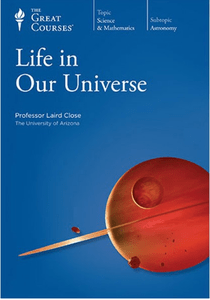


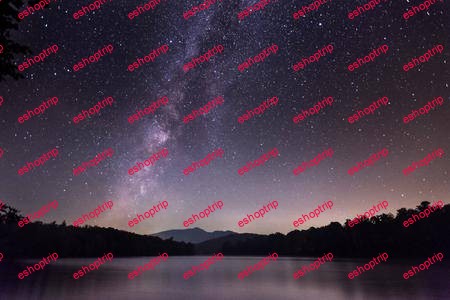
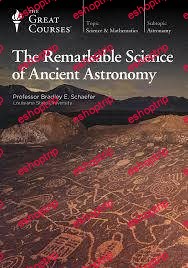

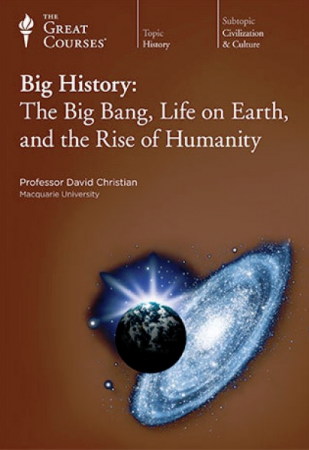
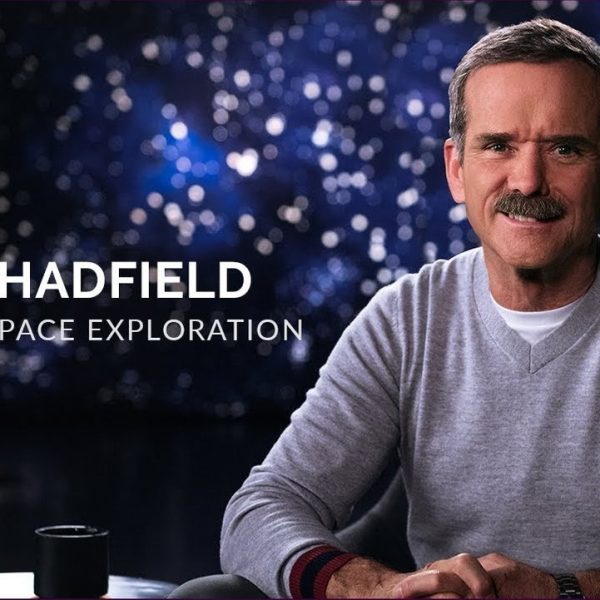
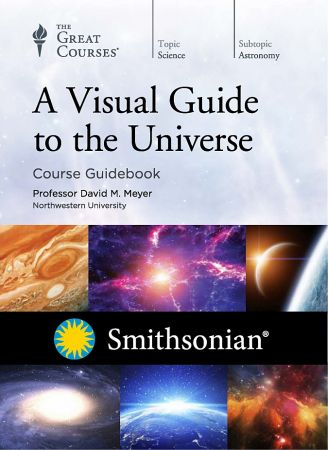
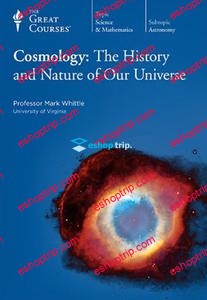
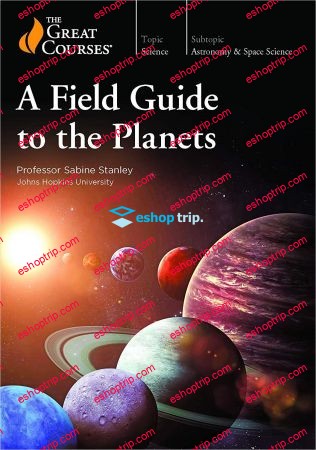
Reviews
There are no reviews yet.